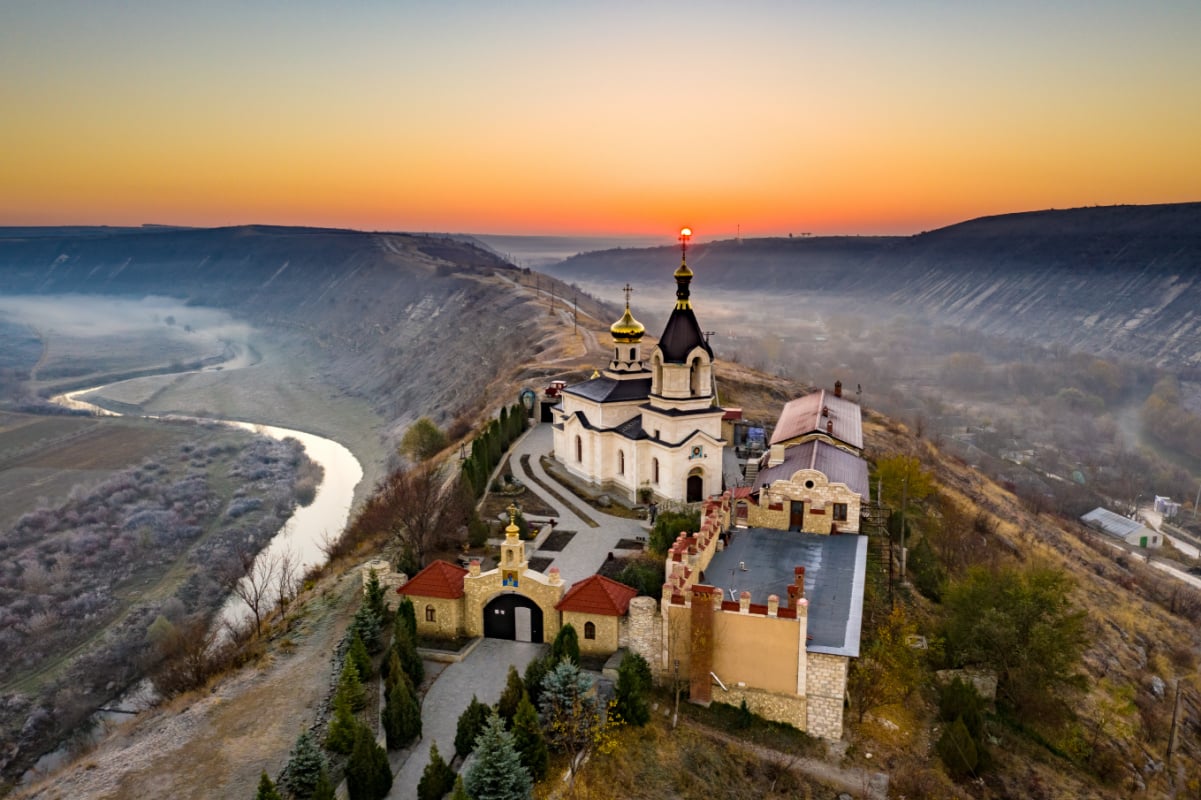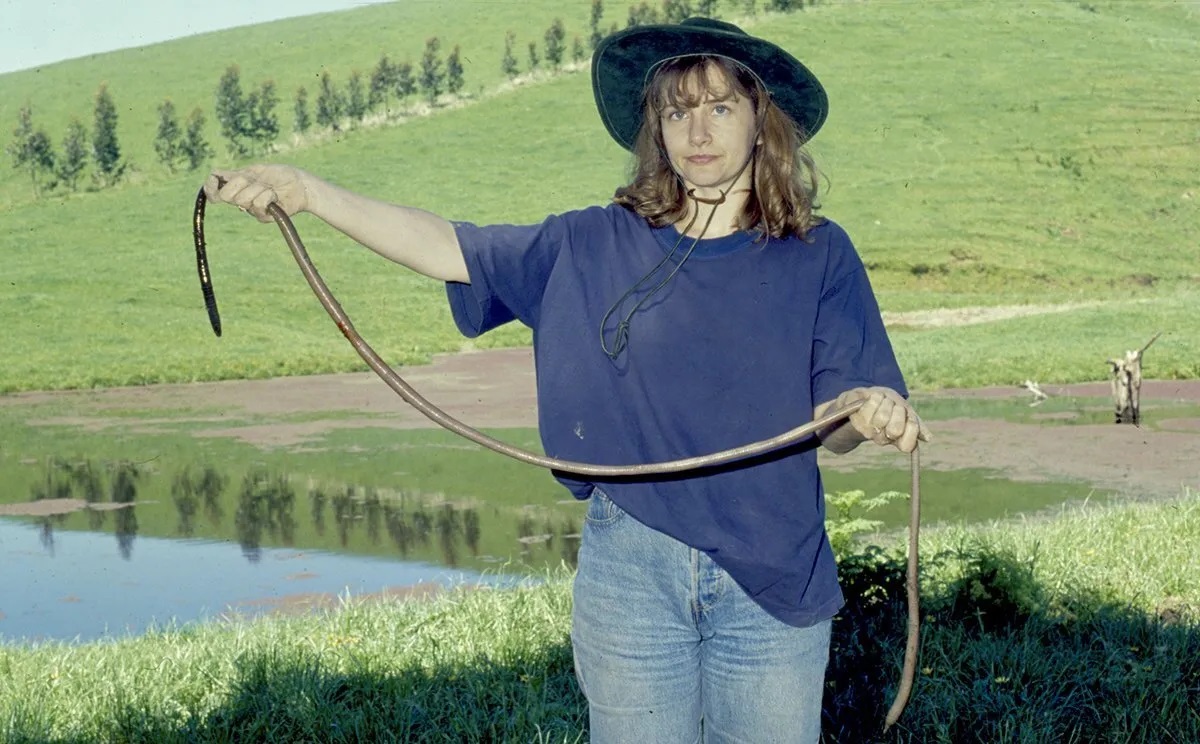
Moldova, a small landlocked country in Eastern Europe, often flies under the radar. Nestled between Romania and Ukraine, this hidden gem boasts a rich cultural heritage, stunning landscapes, and a unique blend of historical influences. With a population of around 2.6 million, Moldova offers a tapestry of traditions and modernity. Chisinau, the vibrant capital, is a hub of history and culture. Known for its wine industry, Moldova is home to the world’s largest underground wine cellar, Milestii Mici. Despite economic challenges, the country’s warmth, hospitality, and rich traditions make it a fascinating destination worth exploring.
Key Takeaways:
- Moldova, a small country in Eastern Europe, has a rich history and diverse culture. With its unique geography and four official languages, it's a fascinating place to explore for anyone interested in learning about different cultures.
- Despite being Europe's least visited country, Moldova offers unique attractions such as the Orheiul Vechi Monastery Complex and a rich wine-making tradition. Its cultural heritage, natural reserves, and monasteries make it a hidden gem worth discovering.
Location and Geography
Moldova, a small landlocked country in Eastern Europe, often flies under the radar. Yet, its unique geography and location make it a fascinating place to explore.
- Moldova is situated between Romania to the west and Ukraine to the east.
- The country covers an area of 33,851 square kilometers.
- Moldova has a population of approximately 2.6 million people.
Capital City
Chisinau, the heart of Moldova, is a city brimming with history and culture.
- The capital city of Moldova is Chisinau, also known as Kishinev in Russian.
- Chisinau is a vibrant city with numerous cultural attractions.
Languages
Moldova's linguistic diversity reflects its rich cultural tapestry.
- Moldova has four official languages: Romanian, Bulgarian, Gagauz, and Russian.
- Romanian is the most widely spoken language, with 80.2% of the population using it as their mother tongue.
Ethnic Groups
The country's ethnic composition is a mosaic of different communities.
- Moldovans make up 75.1% of the population.
- Romanians account for 7% of the population.
- Ukrainians represent 6.6% of the population.
- Gagauz people constitute 4.6% of the population.
- Russians make up 4.1% of the population.
- Bulgarians account for 1.9% of the population.
- Other ethnic groups make up 0.8% of the population.
History
Moldova's history is a tale of shifting borders and diverse influences.
- Moldova dates back to the 14th century as part of the Principality of Moldova.
- The territory was contested by the Ottoman Empire and Russia.
- Moldova became part of the Russian Empire in 1812.
Independence
Moldova's journey to independence is marked by significant events.
- Moldova declared independence from the Soviet Union in 1991.
- The breakaway region of Transnistria declared independence in 1990.
- A ceasefire in 1992 ended the conflict in Transnistria.
Economy
Agriculture and wine production are the backbone of Moldova's economy.
- Two-thirds of Moldova's land is used for farming.
- The Milestii Mici wine cellar is the largest underground wine cellar in the world.
Cuisine
Moldovan cuisine is a delightful blend of flavors and traditions.
- Traditional dishes include mamaliga (polenta), sarmale (stuffed cabbage rolls), and placinte (stuffed pastries).
- Moldova is famous for its walnuts, widely used in local cuisine.
Wine Industry
Moldova's wine industry is a source of national pride.
- Moldova has a rich wine-making tradition dating back thousands of years.
- The country exports its wines worldwide.
- The National Wine Day festival is held annually in October.
Tourism
Despite being Europe's least visited country, Moldova offers unique attractions.
- The Orheiul Vechi Monastery Complex is carved into the rock by monks from the 13th century.
- The best time to visit Moldova is during the wine harvest season in October.
Cultural Heritage
Moldova's cultural heritage is rich and varied.
- Traditional crafts like pottery, weaving, and embroidery are important.
- The national dance, the hora, is performed during celebrations.
Flag
The Moldovan flag is a symbol of the nation's identity.
- The flag consists of three vertical stripes: blue, yellow, and red.
- Blue represents the sky, yellow represents the fields, and red represents the courage of the Moldovan people.
Independence Day
Moldova's Independence Day is a significant national celebration.
- Independence Day is celebrated on August 27th.
- This day commemorates Moldova’s independence from the Soviet Union in 1991.
Natural Reserves
Moldova's natural beauty is preserved in its protected areas.
- The Codru Natural Reserve is home to diverse flora and fauna.
- Unique rock formations like the Old Orhei archaeological complex can be found here.
Monasteries
Moldova's monasteries are architectural and cultural treasures.
- The Orheiul Vechi Monastery Complex is a notable site.
- The Capriana Monastery is another significant religious landmark.
UNESCO World Heritage Site
Moldova's contribution to global heritage is recognized by UNESCO.
- The Struve Geodetic Arc is Moldova’s only UNESCO World Heritage Site.
- This chain of survey triangulations stretches from Norway to the Black Sea.
Refugee Crisis
Moldova has played a crucial role in the recent refugee crisis.
- Since the Ukraine conflict in February 2022, Moldova has become a transit country for refugees.
- Over 700,000 people have crossed its borders, with about 100,000 refugees currently hosted in the country.
Caritas Czech Republic Support
Caritas Czech Republic has been instrumental in supporting refugees and local communities.
- Caritas Czech Republic has opened 11 home care centers in Moldova.
- They have introduced telemedicine to offer health services to people in remote areas.
Economic Challenges
Moldova faces significant economic challenges, impacting its population.
- Moldova is the poorest country in Europe.
- High unemployment forces many locals to move abroad.
- Caritas Czech Republic helps provide basic needs for elderly individuals left behind.
Czech Village
Moldova's Czech village is a testament to its diverse cultural influences.
- Huluboaia was founded in the late 19th century by a group of 153 Czechs.
- Volunteers visit every summer to promote Czech language education and revive Czech customs and traditions.
Moldova: A Hidden Gem Worth Exploring
Moldova, often overlooked, is a treasure trove of rich history, vibrant culture, and stunning landscapes. From its capital city Chisinau to the world-renowned wine cellars of Milestii Mici and Cricova, Moldova offers unique experiences. The country's diverse cuisine, featuring dishes like mamaliga and sarmale, reflects its agricultural roots. Despite economic challenges, Moldova's warm hospitality and cultural heritage shine through. The Orheiul Vechi Monastery Complex and the Codru Natural Reserve showcase the country's natural beauty and historical significance. Moldova's annual National Wine Day festival and traditional crafts highlight its rich traditions. With a mix of Romanian, Bulgarian, Gagauz, and Russian influences, Moldova is a melting pot of cultures. Whether you're exploring its monasteries, enjoying its folk music, or tasting its delicious wines, Moldova is a hidden gem waiting to be discovered.
Frequently Asked Questions
Was this page helpful?
Our commitment to delivering trustworthy and engaging content is at the heart of what we do. Each fact on our site is contributed by real users like you, bringing a wealth of diverse insights and information. To ensure the highest standards of accuracy and reliability, our dedicated editors meticulously review each submission. This process guarantees that the facts we share are not only fascinating but also credible. Trust in our commitment to quality and authenticity as you explore and learn with us.


